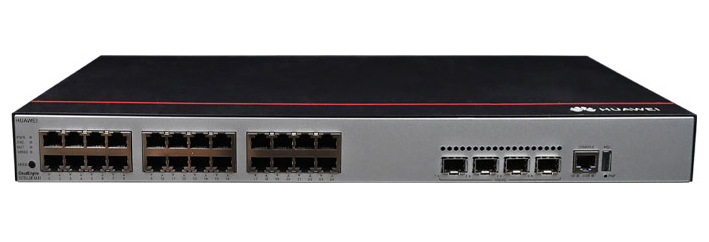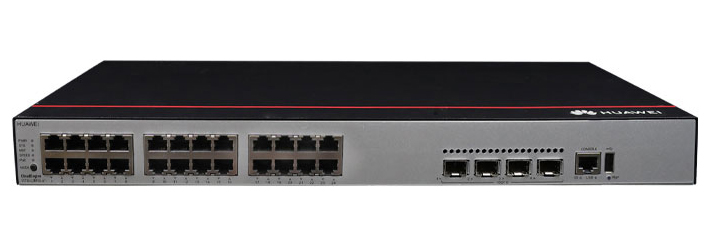
































Although setting up an automount from the command line is not all that challenging, it's not nearly as easy as doing so from a GUI.
Tim Kitchen/Getty ImagesWhen you attach an external drive to your computer, you expect it to be immediately available and, if necessary, always ready to store files. The same thing holds true for internal secondary and tertiary drives. For that to happen in Linux, you must configure those drives to automount.
Automounting is an important step in Linux because it makes it so that when you reboot your machine, those attached drives are automatically mounted. That way you don't have to worry about doing it manually.
Also: The best Linux laptops
This is important because you might have applications (such as backups) that save files to those drives. Should an application attempt to write to a drive that's not mounted, it will fail. In addition, if you use secondary (or tertiary) drives for file storage, you'll want to have them automatically mounted for convenience.
Although setting up an automount from the command line is not all that challenging, it's not nearly as easy as doing so from a GUI. And that's exactly what I'm going to show you. Once you've taken care of this, your secondary drives (be they internal or external) will automatically mount to the location you define.
Also: Linux is not just for developers and command line pros
Let's get to the steps.
What you'll need: The only things you'll need are a running instance of Linux with the GNOME desktop environment and a secondary drive attached. That's it.
The first thing to do is create a new folder to serve as the mount point. Open the GNOME file manager and navigate to the folder you want to house the mount point (you can even place this in your home directory if you like).
Also: Ubuntu Cinnamon makes switching from Windows to Linux as painless as possible
Right-click a blank spot and select New Folder. When prompted, give the folder a name and click Create.
Creating a new folder in the GNOME Files app.
Screenshot by Jack Wallen/Next, attach the drive to the desktop machine. If you've already attached the drive, you're ready for the next step.
Open the Applications Overview and typedisks. Once the Disks icon appears, click to open GNOME Disks.
Select the drive to be mounted in the left pane and then click the right-pointing arrow (to the right of the black square).
Also: The most important reason you should be using Linux at home
Then, select Edit Mount Options.
Access the drive mount options here.
Screenshot by Jack Wallen/In the resulting window, make sure User Session Defaults is in the Off position, and configure the drive as such:
When you're finished, click OK. You'll be prompted for your user password.
Also: 8 things you can do with Linux that you can't do with MacOS or Windows
Upon successfully typing the password, the mount options will be saved.
Configuring the automounting of an external drive.
Screenshot by Jack Wallen/The final step is to take ownership of the drive (so you save and edit files on the drive). To do that, go back to the main Disks window and make sure the new drive is selected. Click the right-pointing arrow in the box and then click Take Ownership. You'll be prompted for your user password again. When you successfully type the password, you then have ownership of the drive, which means you now have both read and write access.
You must take ownership of the drive; otherwise, you can't write files or edit existing files.
Screenshot by Jack Wallen/When you reboot the machine, it will be automatically mounted in the same folder. And that's all it takes to configure an automounted drive on the GNOME desktop.
 Tags chauds:
Services et logiciels
Logiciel libre
Tags chauds:
Services et logiciels
Logiciel libre